Marcell Rév adopts an EKTACHROME approach for 'Euphoria' in pursuit of a nostalgic view
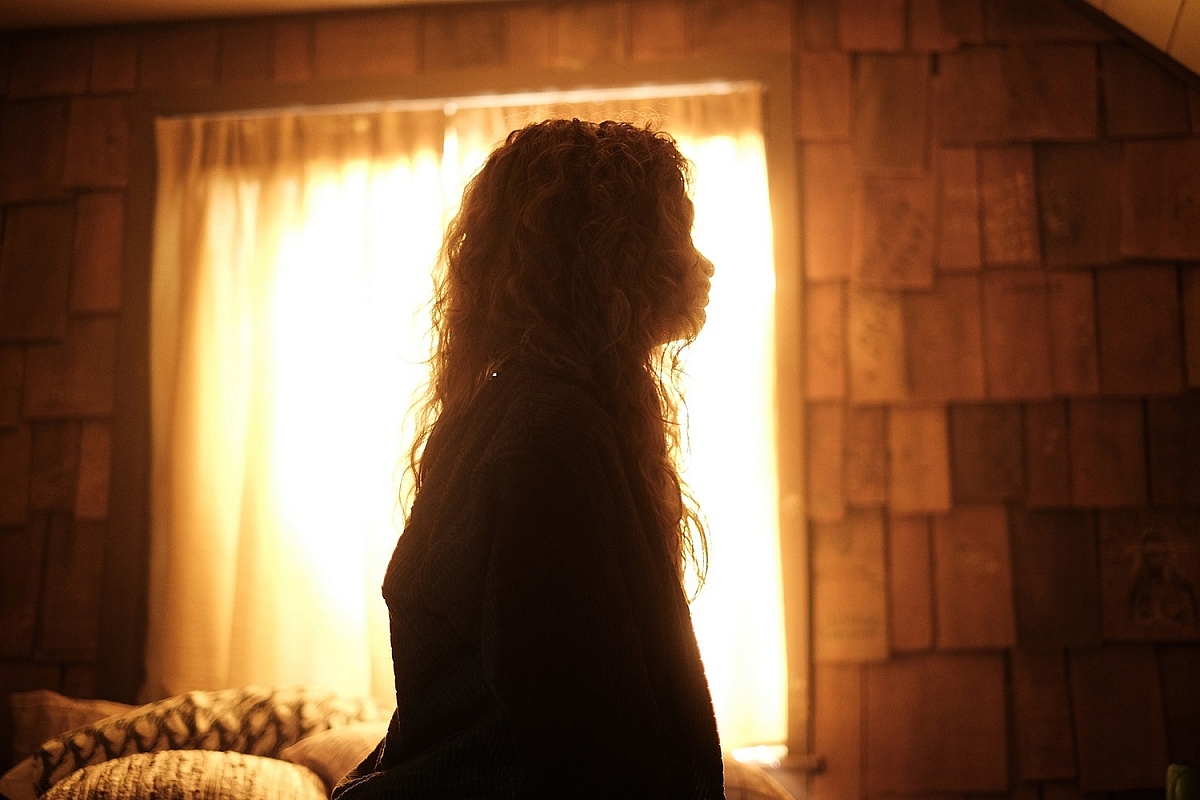
Photo by Eddy Chen/HBO
After a pandemic-instigated hiatus of over two years between production of seasons one and two of HBO Max's raw, controversial, and wildly successful high-school drama, Euphoria, it was inevitable there would be some changes in how the show was presented to its growing legion of fans. Without a doubt, the most fundamental and creatively impactful change was a switch in the format in which the show was filmed—an approach that had been contemplated since Euphoria launched in 2019, was experimented with during the hiatus, and was eventually executed in detail when the opportunity finally arrived to resume filming. That change involved switching the show's acquisition format from the large-format digital cameras (Alexa 65's with ARRI Prime DNA lenses) used in season one to an all-film format going forward—a stylized mixture of Kodak's unique EKTACHROME 5294 format, reconstituted specifically for this show, and KODAK VISION3 500T Color Negative Film 5219.
Show creator/executive producer/director Sam Levinson and the man he calls his "closest collaborator in production"—cinematographer Marcel Rév, the show's primary cinematographer since the beginning, who shot all but one episode for season 2—both say they made the decision primarily for two reasons. The first was the fact that they originally desired to make the show on film from the get-go, and the second was a switch in story approach that made a visual evolution from a digital look to a film look make sense creatively.
"We shot season two the way we initially intended to shoot season one," Levinson explains. "We always imagined the show being shot on film. There is an inherent nostalgia to film. Each character, in their head, is the star of their own movie, which [for this show] immediately breaks it from the realism of being a teenager and into the imagination. Film has always been larger than life, and we wanted the ways in which we pushed and manipulated film stock to echo that.
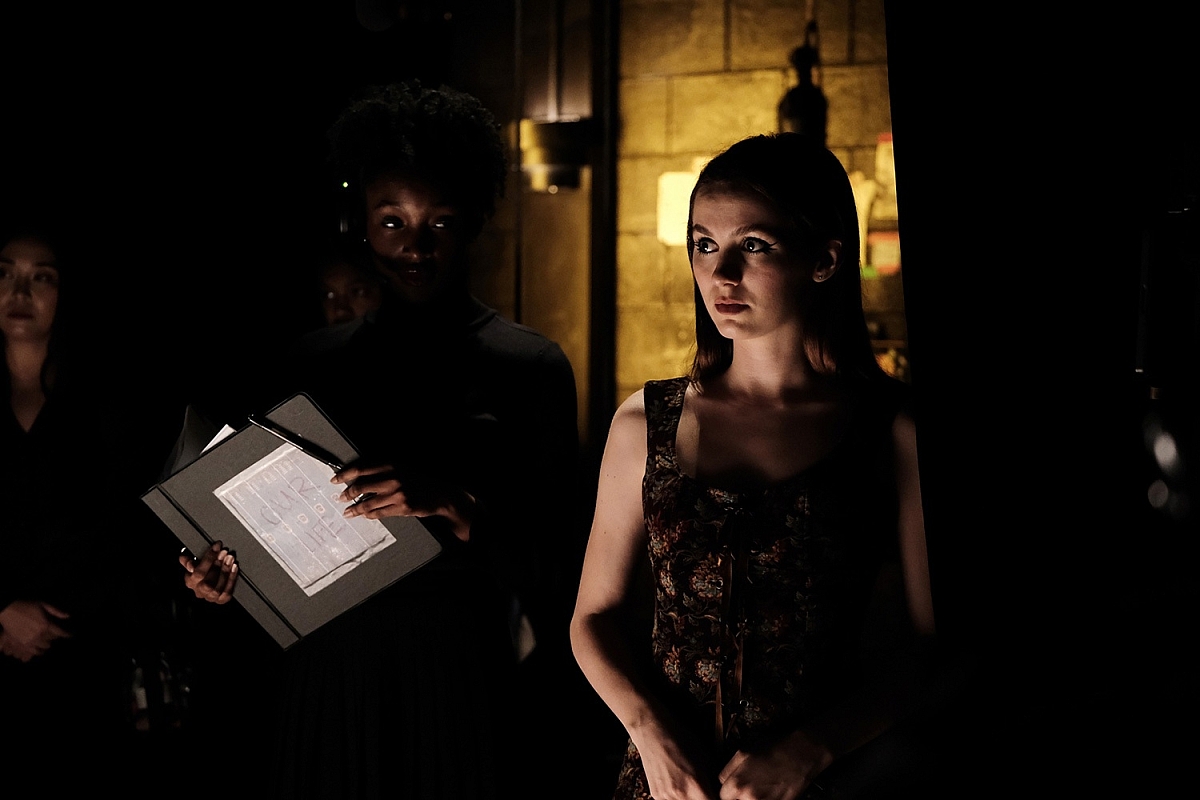
Photo by Eddy Chen/HBO
"[HBO pushed for] digital for season one, but because that season was successful, we were able to make that change for season two. As much as I love digital, I feel that it's unable to fully capture the depth, warmth, and texture that film can. It also adds a structure to the filmmaking process that forces you to move with intention. We wanted this show to be a sensory experience more than anything. And I do think the audience response has been in large part due to the way that it looks. I think shooting on film makes the show more commercial, because people can feel the care that we put into it."
Thus, with lots of time to experiment with stocks and approaches due to the hiatus, the filmmaking team was able to pivot to where they always had hoped to be for the show, and yet, as Rév puts it, "create something new" for its big return with season two.
On this point, Levinson emphasizes that switching formats and designing a specific film-oriented approach for season two not only didn't distract from a look that fans might have been comfortable with from the first season, but rather, the move fulfilled "the visual mission" that he and Rév have always pursued. That mission, according to Levinson, "is to be an emotional expression before a logical one. So, our approach for this year was to make the show look like a reflection of a memory or something we're looking back upon. And for us, those memories all started on film."
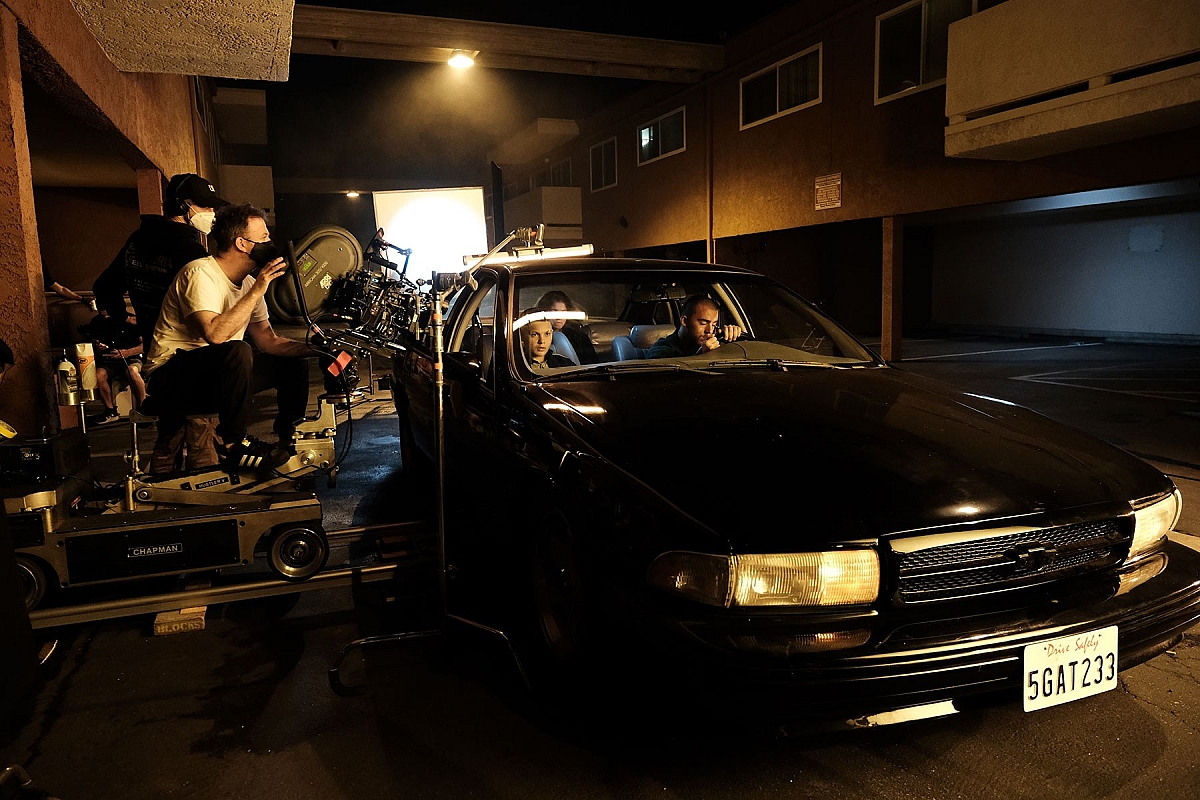
DP Marcel Rév on the set of "Euphoria."
Rév elaborates that "we didn't want to repeat ourselves for season two. We wanted to create a different look, a different kind of show. It was a challenge, but also really exciting, to come up with something fresh in that sense. It was meant to support Sam's desire to shift the story and the idea of the show in a different direction. We felt like season one was a more contemporary look at today's youth, while season two would be more about memories of being in high school. So, we had to create a look for that, to give it a sense of nostalgia. The beauty of what this medium can provide was perfect for that."
To push themselves in this direction, during the height of the pandemic, filmmakers were able to shoot two standalone "bridge episodes" of the show on film with limited cast and locations. Those two episodes stood on their own creatively but did serve to reinforce their comfort in the film plan they were concocting for season two.
"Those two episodes kind of bridge the gap stylistically and story-wise between the two seasons," Rév states. "Sam and I were able to experiment in terms of where we could go stylistically while making those two episodes. We shot them both on KODAK VISION3 500T 5219 stock, but also experimented with light and tried lenses that excited us. It turned out to be a really good opportunity to start developing the look for season two."
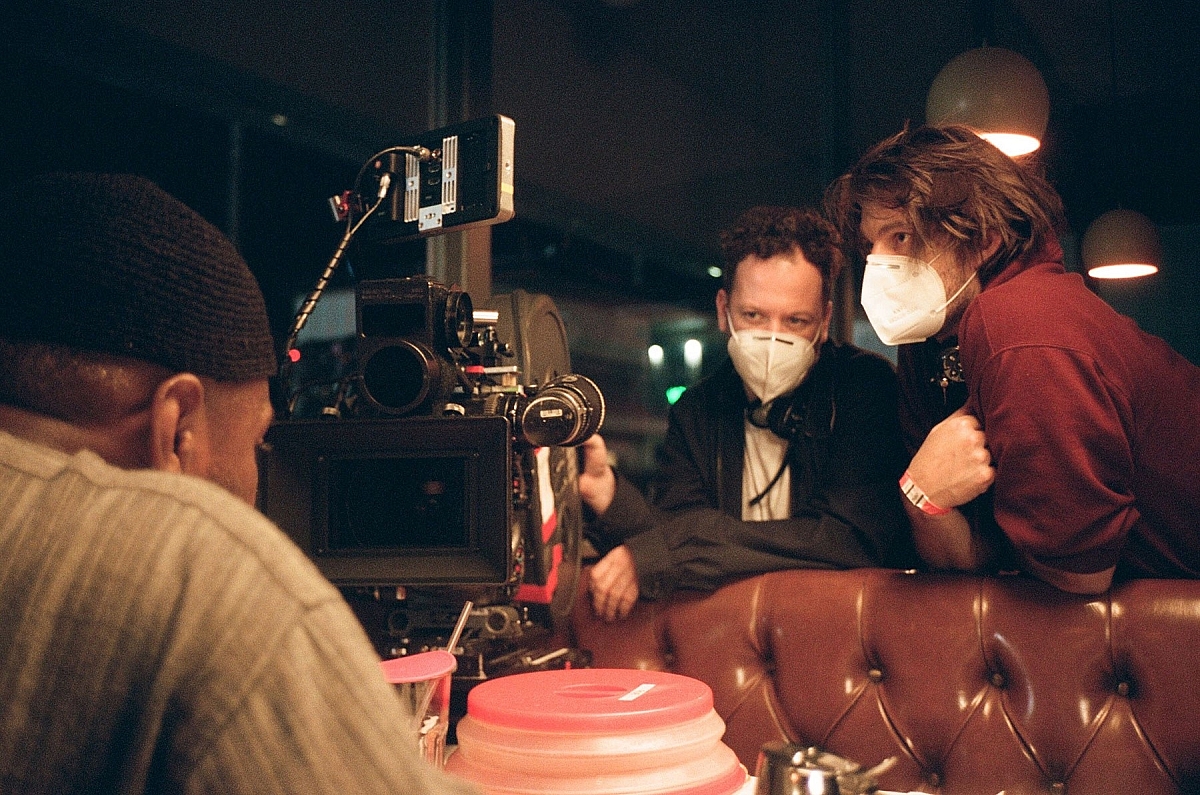
Actor Colman Domingo, DP Marcel Rév and director Sam Levinson on the set of "Euphoria Special Episode Part 1: Rue."
Rév emphasizes that the hiatus allowed his team to "test stocks and light with the knowledge of those two episodes as we tried to figure out what the final look for season two would be. We tried a lot of Kodak stocks, and different processing methods in the laboratory—push-pulling, which is over-developing or under-developing the stock; under-exposing and over-exposing, all of which are basic lab tricks. But we also did more advanced tests with things like bleach bypass, keeping some of the silver in the negative; and we did positive prints and scanned them. All this was designed to find ways to make things look a little different or more exaggerated from a typical film look. Eventually, cross-processed Ektachrome ended up being the closest to what we imagined season two should look like."
In the end, filmmakers came up with an approach that allowed them to make EKTACHROME what Rév calls "our core look" even though KODAK VISION3 500T stock was also used extensively. In the end, season two was shot entirely with those two stocks, using Arricam LT camera bodies, and a mixture of spherical lenses made up of various Cooke S4, Cooke Speed Panchro, and Zeiss Super Speed lenses.
Rév adds that the EKTACHROME look required a twist to it in terms of how the film was processed at Fotokem, Burbank.
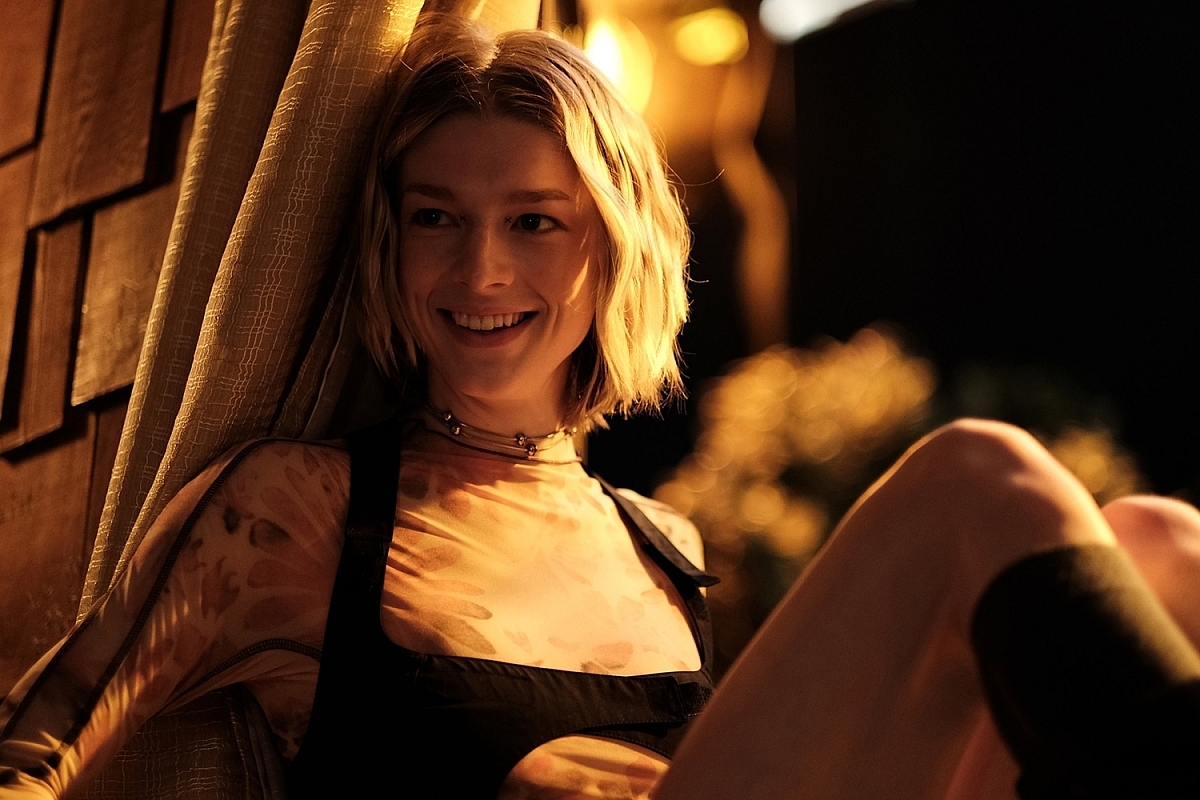
Photo by Eddy Chen/HBO
"EKTACHROME is a reversal stock, which means when you develop and process it, it becomes a positive image," Rév says. "There is no negative in-between, but it is physically possible to develop it as a negative stock so that you end up with this contrasty, green image that you have to color correct with either grading or with filters in camera. If you get it right, you get a nice combination of special oversaturated, strange colors, and unusual contrast. It can be difficult, because it requires lots more light for proper exposure and extremely flat lighting situations, but when it comes back from the lab, it can look magical."
Coming up with this kind of look also required the production to work closely with Kodak just to get it in the 35mm universe, since 35mm EKTACHROME has not been part of the company's catalog for several years. Rév says Euphoria's success allowed Kodak "to start manufacturing it again if we placed a big order for the whole season. They readily agreed and were very helpful along the way."
Rév elaborates that the finalization of the EKTACHROME look was further enabled by the color grading work done at Company 3 under the guidance of New York-based supervising colorist Tom Poole.
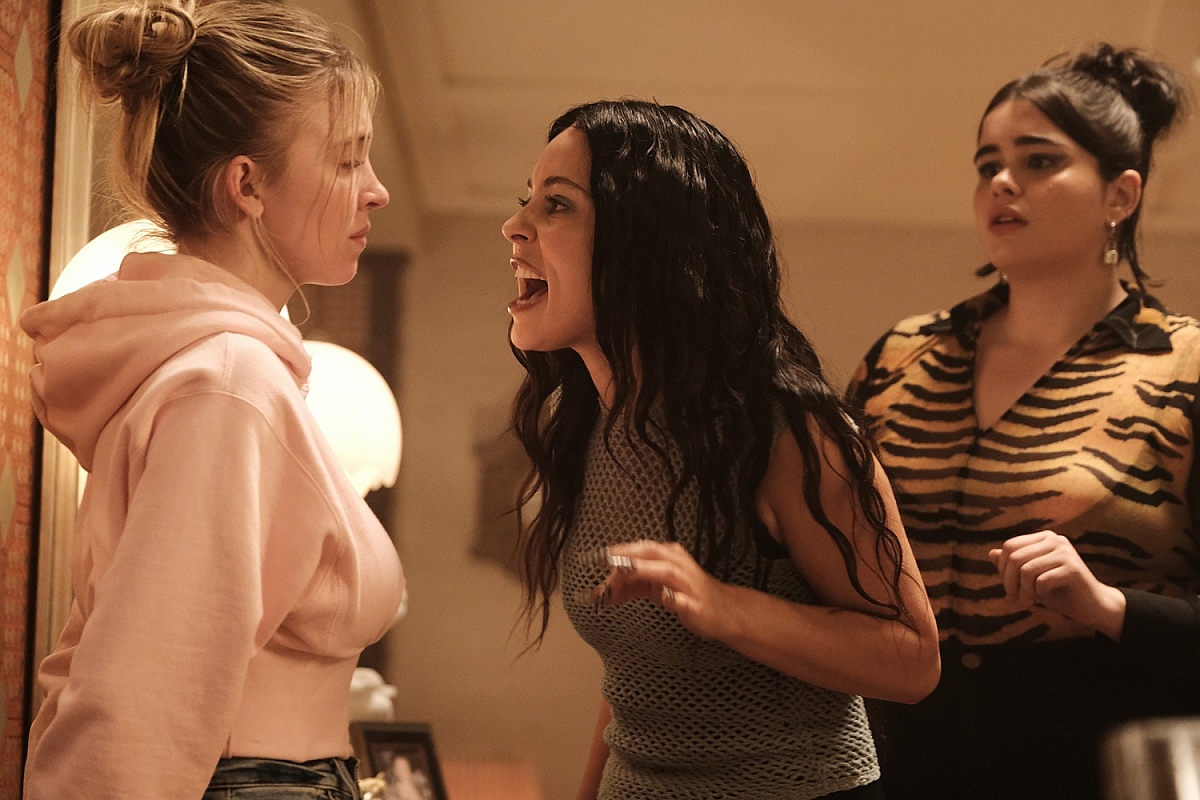
Photo by Eddy Chen/HBO
"It's a very thin negative, and since it's cross-processed, the whole negative at first looks green when you scan it," Rév relates. "Then, you have to do very precise corrections to get those nice colors. It took a little while, but we figured it out and thanks to Tom's work, we got the best result all season long."
KODAK VISION3 500T stock, meanwhile, was essentially "paired with EKTACHROME," in Rév's words. "We shot a lot of 500T," he says. "I under-exposed it, pushed it a stop, and then tried to light it and grade it so it felt closer to the reversal footage. It didn't ‘match' the EKTACHROME, per se, but we made sure they were both from the same world visually."
This approach, however, required great delicacy in the show's lighting approach. Rév points out that EKTACHROME scenes had very different lighting needs from other material shot on the 500T stock.
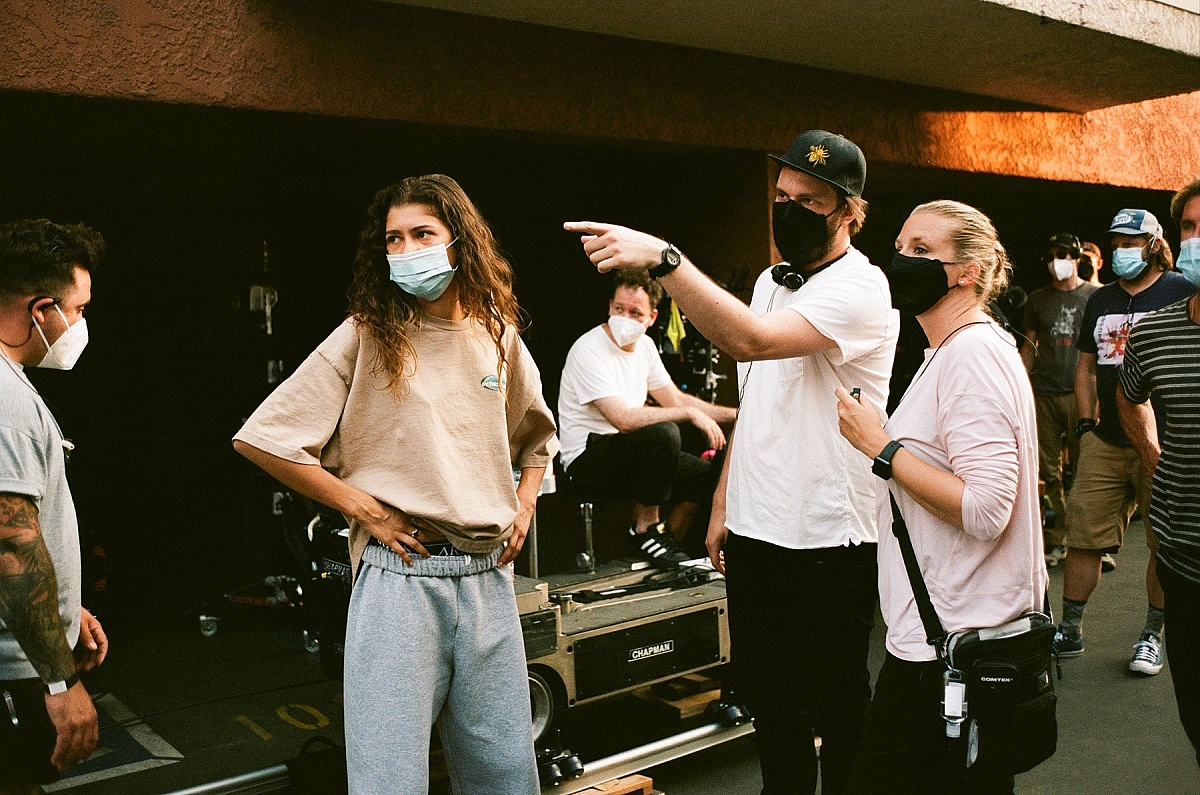
Photo by Eddy Chen/HBO
"EKTACHROME is a contrasty stock," he says. "It only has a latitude of only about four to five stops. But if you light it well, you get wonderful, deep shadows and beautiful colors in exchange. It's also a grainier stock, especially if you cross process it, so the resolution is less. Plus, your highlights can blow out easily, but in such a creamy and beautiful way that, in some cases, it's great to embrace. It can give you a certain kind of emotionality if you use it right. It's a 100 ISO stock, meaning it needs an enormous amount of light, and you have to light it very soft, with lots of fill light. So, whenever we switched stock in the camera, I had a totally opposite approach to lighting. That was a big challenge, but it paid off, I think."
Gaffer Danny Durr adds that among the show's lighting requirements was the need to "be able to shoot for either stock at a moment's notice. With the amount of light needed for the EKTACHROME, this obviously created some challenges technically and logistically for us, but thanks to a superb rigging team, we always had ample power and units ready."
Durr says his lighting package largely consisted of "a lot of LED units that we had full control of because of all the on-the-spot dimming cues we did throughout the season, combined with bigger tungsten and HMI units. For a lot of stage work, we used Skypanel bounces through half grids for softboxes and Litegear tile lights through full grid softboxes if the set didn't require RGB. We also used a mixture of large HMI bounces with direct tungsten sources for the daytime stage interiors, while night exteriors were often done with 18k Arrimax or M90's on large Condors to give us a base backlight, with many different types of overhead softboxes as fill sources."
Season two of "Euphoria" is streaming now on HBO Max.